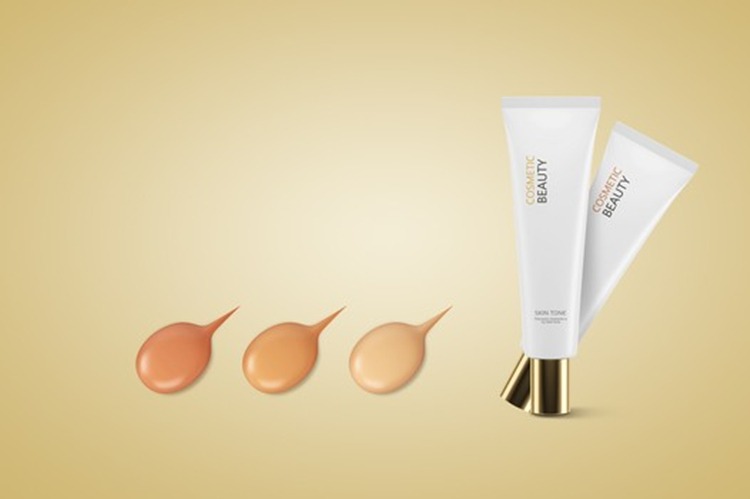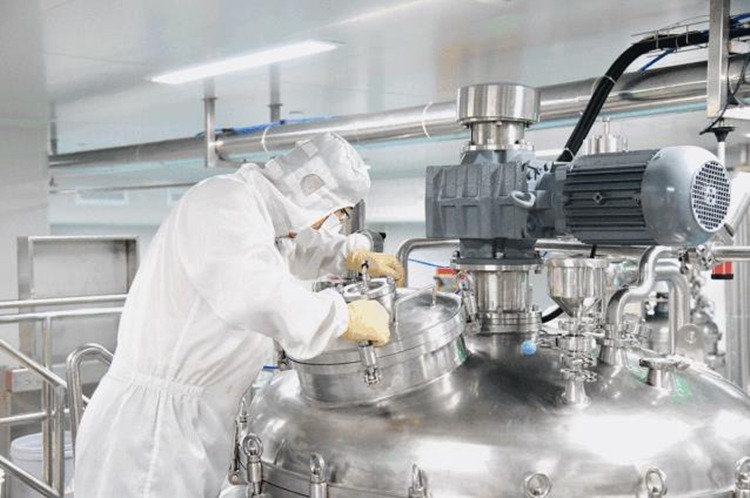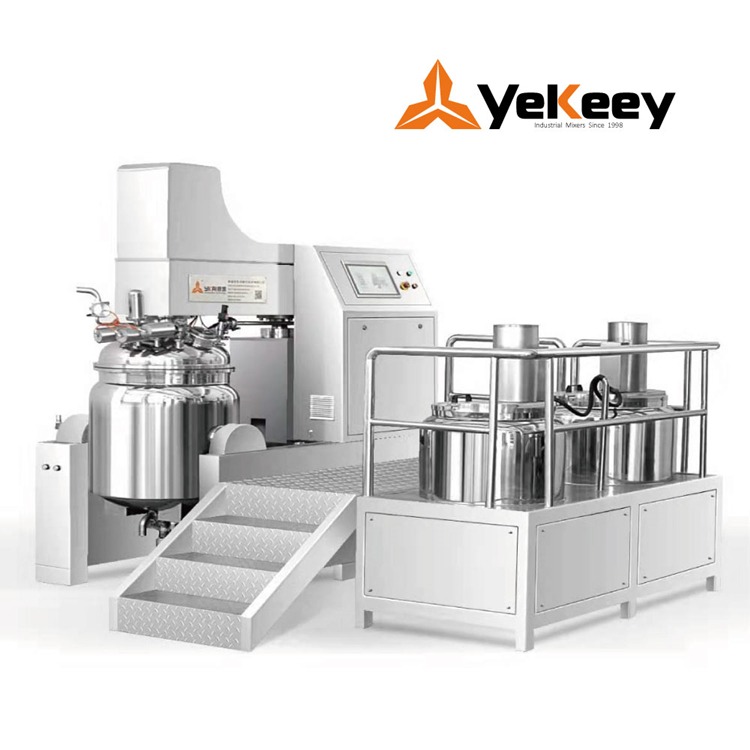Facial cleanser is usually composed of the water phase, oil phase, and some free surfactants and nutrients. According to the principle of similar compatibility, the oil phase in the facial cleanser can dissolve the oil-soluble dirt on the face, and the water phase can dissolve the water-soluble dirt on the face. Part of the free surfactant in the facial cleanser is the main active substance, which has the functions of wetting, dispersing, foaming, decontamination, and emulsification. Using facial cleanser can remove makeup and dirt on the face, plus gentle massage, it can also make the skin absorb nutrients better.
 At present, there are many types of facial cleansers on the market. According to different users, facial cleansers can be divided into facial cleansers for oily skin, facial cleansers for dry skin, facial cleansers for mixed skin, and facial cleansers for beauty salons. So what are the processes for preparing facial cleansers? Let’s find out together!
At present, there are many types of facial cleansers on the market. According to different users, facial cleansers can be divided into facial cleansers for oily skin, facial cleansers for dry skin, facial cleansers for mixed skin, and facial cleansers for beauty salons. So what are the processes for preparing facial cleansers? Let’s find out together!
Brief description of the production process of facial cleanser
- First, clean the vacuum emulsification pot group and related production containers and disinfect them for later use.
- Accurately weigh the oil phase and water phase raw materials, add them to the oil phase pot and the water phase pot respectively, and heat up while stirring.
- When the temperature of the oil phase and water phase rises above 80°C, keep it warm for 10 minutes.
- Add the oil phase to the vacuum emulsification pot, then add the water phase to the mixing, and keep the temperature above 80°C.
- Start homogenization for 5 minutes and keep the temperature at about 87°C.
- Pass the cooling water, the temperature drops below 42°C, add flavors, preservatives, etc., and mix evenly.
- The temperature drops to about 40°Cand stop the machine to filter and discharge the material after passing the inspection.
During this operation, you need to pay attention to the following points:
- The temperature should be controlled at 80-85°C, and the material should be stirred and fully dissolved.
- The time for emulsification and homogenization should be controlled within 8-10 minutes.
- The pH value should be controlled between 3 and 6.8.
- In order to avoid a large number of bubbles in the system, the vacuum should be turned on, otherwise, the bubbles generated cannot be eliminated.
- The addition of surfactant is also a major source of bubbles. The temperature of adding surfactant should not be lower than 60°Cin order to avoid that the temperature of the whole system decreasing due to the addition of the surfactant. As a result, the viscosity of the system increases so that the air bubbles brought into the system by the surfactant cannot float up.
Through the understanding of the production process of facial cleanser, we know that facial cleanser production equipment needs to have functions such as pretreatment, vacuum defoaming, heating and cooling, and temperature control. Therefore, choosing powerful production equipment such as a vacuum emulsifying mixer can achieve twice the result with half the effort.
As a professional emulsifying machine manufacturer with 20 years of production experience, YeKeey’s vacuum homogenizing emulsifier can meet the needs of cosmetics manufacturers and produce high-quality facial cleansers.
Features of YeKeey ZJR full-function vacuum emulsifier
- The inner and outer surfaces of the tank are treated with mirror polishing, which is easy to clean.
- Equipped with two pretreatment tanks, the water phase tank, and the oil phase tank, the pretreatment tank is equipped with a high-speed dispersion system.
- The system is equipped with a vacuum system. The material in the pretreatment tank can be sucked into the emulsification tank by negative pressure, and the emulsification tank can be vacuum degassed.
- The heating temperature is controlled by PID, with rapid heating and high-temperature control accuracy.
- Other functional customizations are also acceptable.
For more information about cosmetics production equipment, please consult YeKeey.







